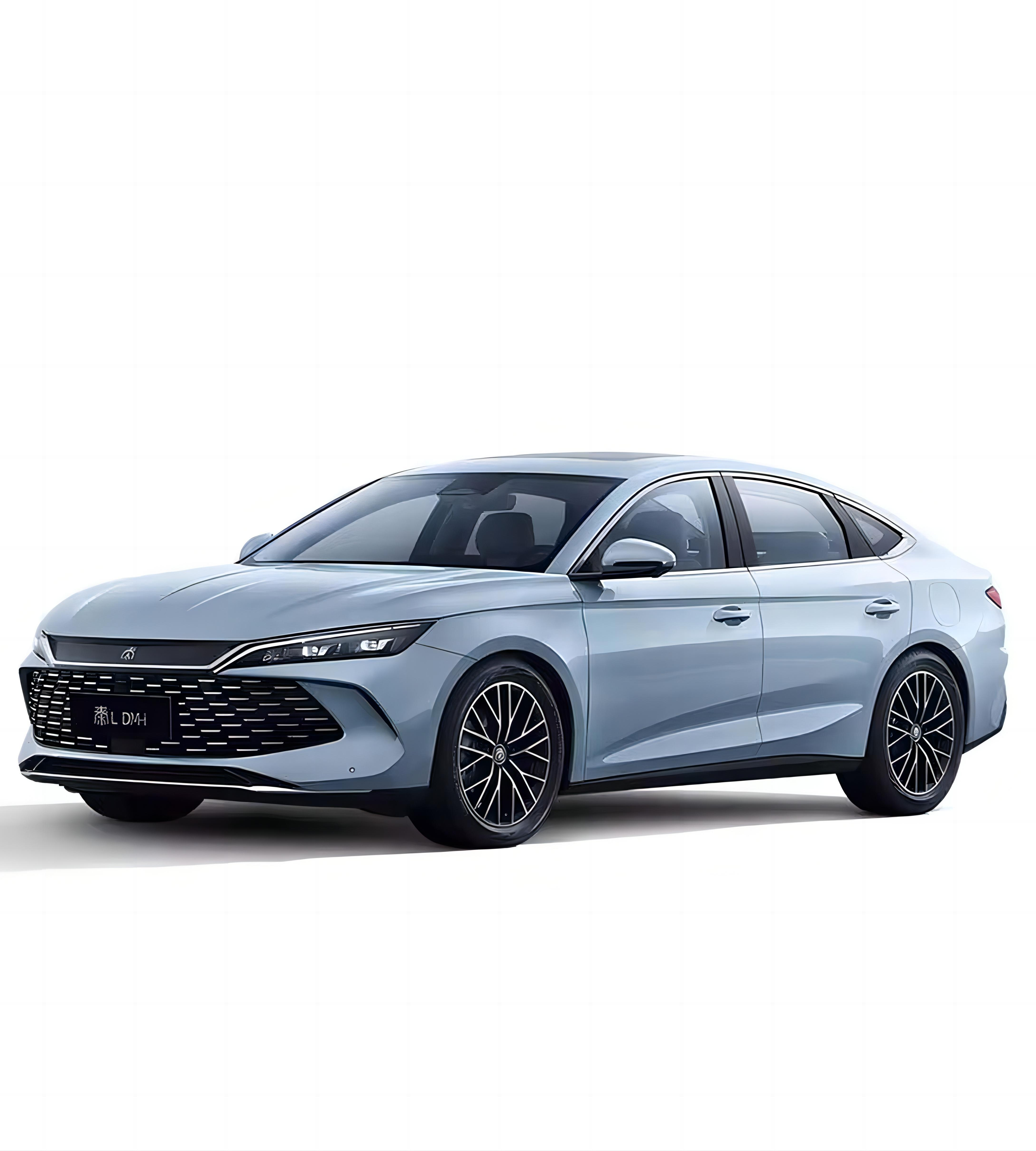
Ko nga motuka hiko kei te huri i te whenua miihini ma te tuku i nga huarahi tauwhiro me te whai hua ki nga waka tuku iho Ka whakaratohia e ratou he tere maeneene maeneene me te kore tukunga ka waiho hei whiringa pai mo nga taraiwa-a-taiao e rapu ana i nga mahi auaha me te kawenga taiao.
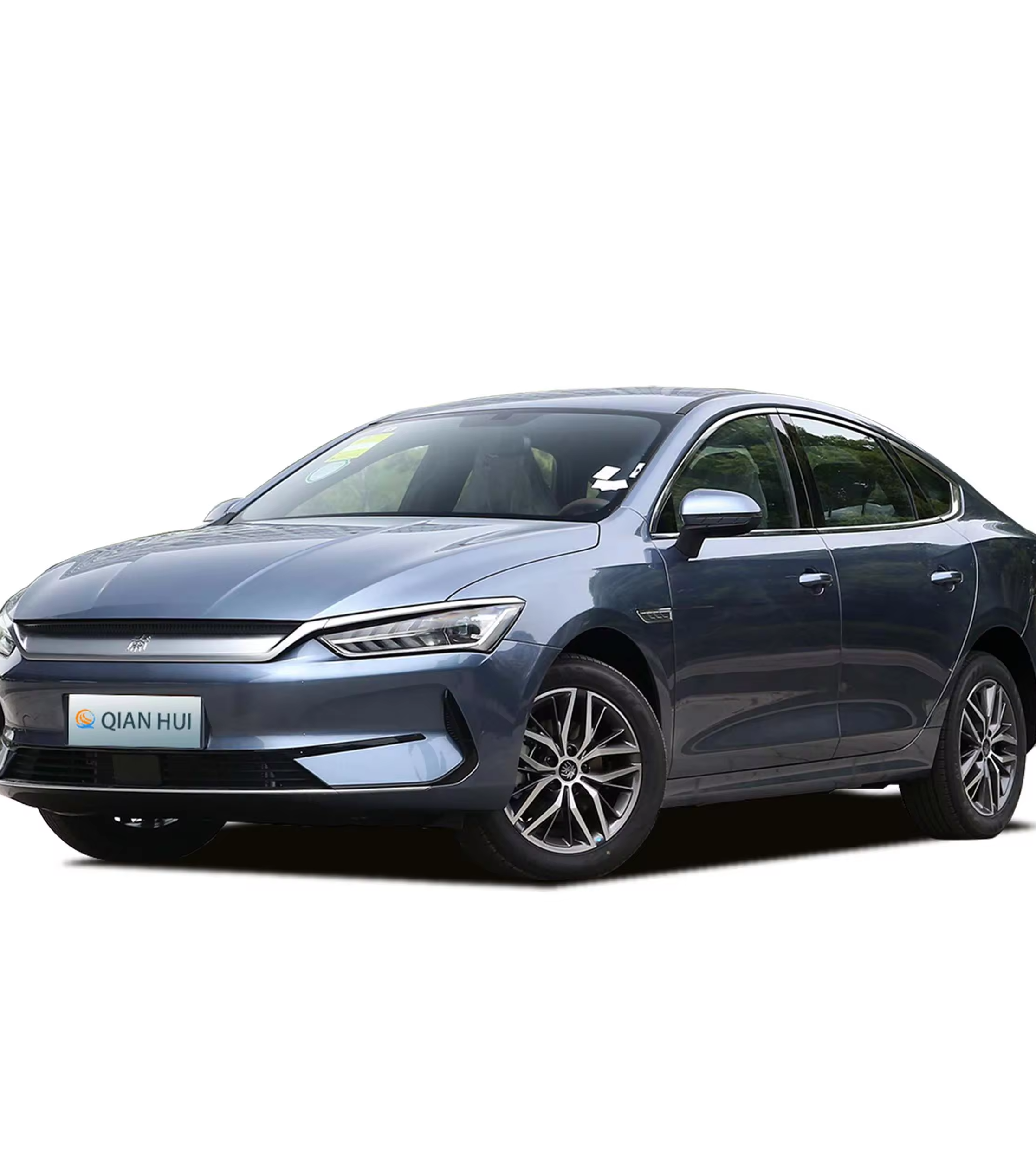
Ko nga painga o te ohanga i roto i te wa roa ka tino nui ahakoa ko te mea he nui ake te utu o te waka hiko i nga motuka tikanga i te tuatahi. I te nuinga, he iti ake te utu o te hiko i te hinu; no reira, he iti te utu ki te whakahaere me te tiaki i nga motuka hiko. Kaore hoki e hiahiatia te huri i te hinu, te whakatika i nga miihini i nga wa katoa. I tua atu, e tuku ana nga waahi rerekē i nga whakaritenga penei i nga whakaiti taake, nga whakahoki, me nga utu rehita iti hei awhina i te utu mo nga rangatira o nga waka hiko. I tetahi atu, me te pikinga o nga rahi whakaputa me te whakapai ake i nga hangarau pākaha, me pupuri tenei utu ki te heke iho tae noa ki te nuinga o te iwi ka taea te utu. E ai ki te whakaaro noa, ko te tangata e hiahia ana ki te penapena i etahi moni i roto i te oranga o tana waka i te wa e tiaki ana i te taiao, me hoko e ia he waka hiko i te wa e taea ai.
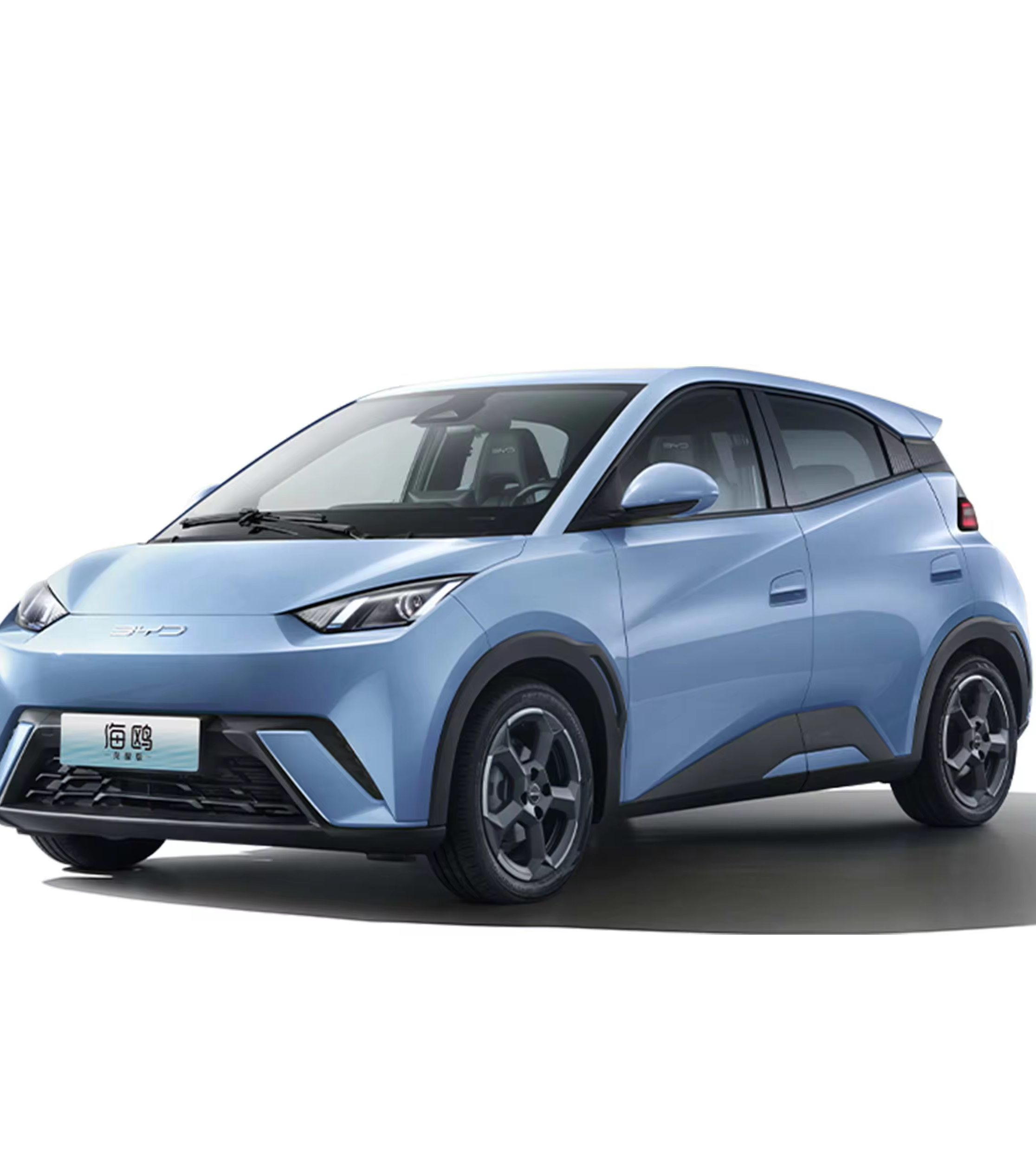
He rerekē te wheako taraiwa o ngā waka hiko i ngā motokā tuku iho. Ko tā rātou torque he tere, ā, ka tere te piki, ka rongo hoki te taraiwa i te rōpū. Nā tēnei āhuatanga, he pai ngā motokā hiko mō ngā waka i roto i te tāone, i reira ka nui te whakatārewatanga me te tīmata. I tua atu i tēnei, ka noho rātou ki te whenua e tata ana nāna i te wāhi e noho ai ā rātou pūhiko - ka whakaiti tēnei i te pokapū taumata me te whakapai i te pumau i te wā e whakarei ana i te āheinga ki te huri. Nā reira, ka taea te pārekareka i ngā haerenga maeneene i runga i ngā waka hiko ahakoa kei te ua, kei te pakiaka rānei! Ko tētahi atu mea e tika ana te kōrero ko te āhua o ngā mīhini kāore e rongo i ngā waka hiko; nā reira ka hangaia he taiao kāore he haruru e pā mai ana i ngā mīhini tuku iho e pā ana ki te tahua i te rōpū.
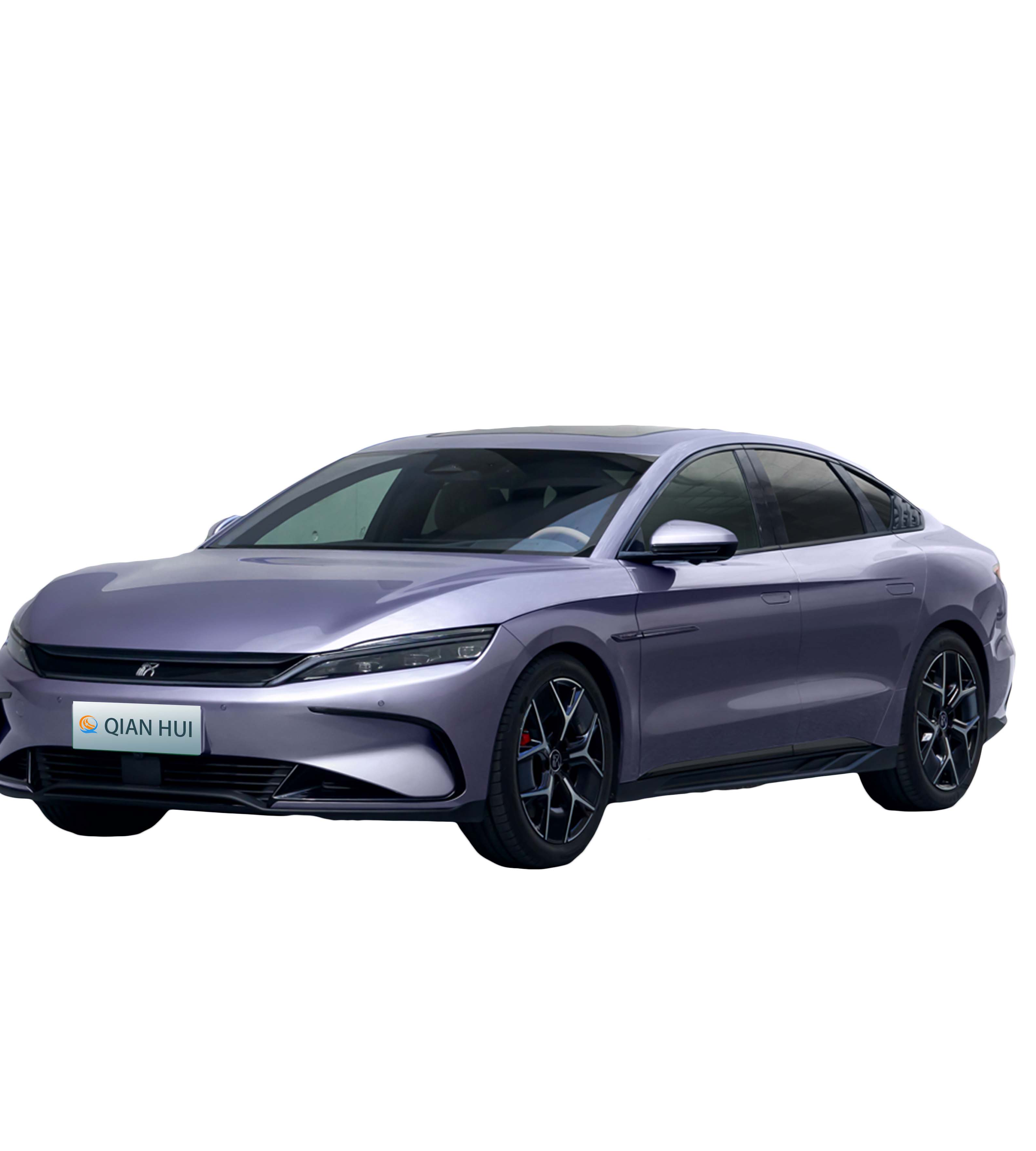
I roto i te whakataetae ki te whakaiti i te pānga o te transport ki te taiao, ko ngā waka hiko te tino ārahi. Ahakoa he pono kei te whakawhirinaki ngā waka noa ki ngā pūngao hinu, ko te mea anake e hiahiatia ana e te waka hiko he utu mai i te hiko – ka taea te whakaputa mai i ngā puna whakahou pērā i te hau, te rā, me te wai. Ko tēnei huringa i te puna pūngao ka tino whakaiti i ngā putanga wīra ka puta i te wā e taraiwa ana; nā reira ka horoi i ā tātou rangi me te tiaki i te ora o te Ao. I tua atu; kāore e hiahiatia he huringa hinu, he mahi tiaki mō ngā miihini tahanga i roto i tēnei momo waka – e pā ana ki te whakapai ake i te pānga ki te taiao. I te wā e huri ana te tangata ki ngā waka hiko i te nui, kāore anake e tino nui te pānga o ia tangata, engari ka nui hoki te pānga ki te whakaiti i ngā hau greenhouse me te whakapai ake i te kounga o te hau, nā reira ka waiho ēnei waka hei mea nui i ngā mahi ao katoa ki te whakakore i te pāmahana o te ao.

Kei te whakarerekē te ahumahi motuka e te tere o te whanaketanga o ngā waka hiko i roto i te hangarau. Kua whakawhānuihia te ora pūhiko, ā, i tēnei wā kei a tātou ngā motuka e taraiwa ana i a rātou anō, nāna i whakawhiwhi i ēnei whakatupuranga. Kua whakapaihia te whaihua pūngao mā ngā hōtaka rorohiko e whakahaerehia ana i runga i ngā waka hiko hou, ā, ka tiakina hoki te whakahaere pūhiko e rātou, nō reira ka taea te whakauru i te whakahaere tere huri, i te awhina tiaki rārangi mō ngā take haumaru anake, me ētahi atu mea hoki. Ko te tikanga, kāore e noho hei mea ngahau anake te taraiwa, engari he mea whai wāhi hoki mō te katoa, pērā i ngā whatunga utu tere e taea ai e te tangata te whakahou i ā rātou waka i te wa e neke ana, he māmā ake i mua. Nā reira, ko ngā whanaketanga kei roto i tēnei mara ka kite i ngā waka hiko e pai ake ana te whakarite ki ngā waka tuku iho, arā, me tango te R&D.
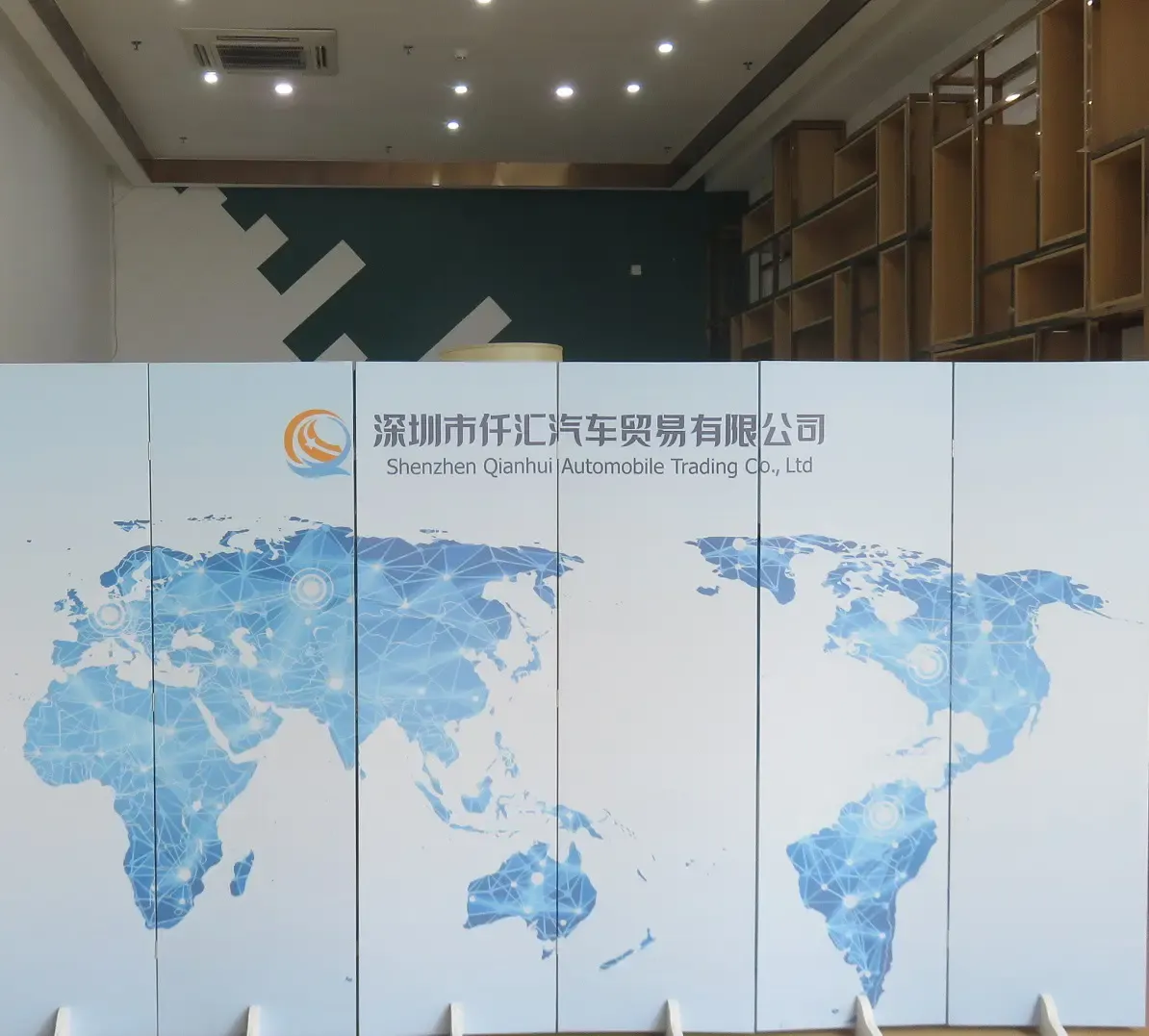
Torotoro te ahua hou o te kawe me a maatau waka hiko, i hangaia hei whakatutuki i nga hiahia o te nekeneke hou. Ko o maatau momo waka e whakakotahi ana i nga hangarau matatau me nga otinga-a-taiao, e tuku ana i te wheako taraiwa maamaa e pai ana, e mau tonu ana. Ma te aro nui ki te mahi, te haumaru me te ahua, ka hangaia a maatau waka hiko ki te whakaputa uara nui. Ahakoa te whakatere i nga tiriti o te taone nui, te haere ranei ki nga haerenga roa, ka whakarite a maatau waka i te tere maeneene, ata noho kore he tuku. Hurihia ki te heke mai o te kawe waka me te awhi i nga painga o te neke hiko i enei ra.
Ko nga tikanga whakangao matatau ka whakarite i nga waahanga miihini kounga teitei.
Te kowhiringa whanui o nga waahanga miihini e rite ana ki nga hiahia a nga kaihoko.
He maha nga mekameka tuku ka tae ki nga maakete nui puta noa i te ao.
Ko te mahi auaha tonu e akiaki ana i te whanaketanga hua me te mahi pai ake.
Ka tuku ngā motokā hiko i ngā painga maha, tae atu ki ngā utu whakahaere iti nāna i te hiko iti iho i te hinu, te whakaiti i ngā hiahia tiaki nāna i te iti o ngā wāhanga neke, me ngā painga taiao nāna i te kore o ngā putanga pākaha. I tua atu, ka tuku ngā motokā hiko i te wheako taraiwa maeneene, pātea, ā, ka taea te tiki i ngā whakaritenga kāwanatanga rerekē.
Ka rerekē ngā wā e hiahiatia ana mō te utu i ngā motokā hiko i runga i te tikanga utu. Ka taea e te putanga kāinga paerewa (Level 1) te tango i ngā haora maha, tae noa ki te pō kotahi, ki te utu i te waka ki te pūmau, i te mea ko te utu Level 2 ka taea te whakaiti i tēnei ki te hiahiatia anake e hiahaere ana. Ka taea e ngā utu DC tere te tuku i te 80% o te utu i roto i te 30 meneti. Ko te kōwhiringa utu e pā ana ki te wātea me te tere e hiahia ana koe ki te utu anō.
Ka taea te rerekē te tawhiti o te waka hiko i runga i te tauira, te rahi o te pākahiko, ngā āhuatanga taraiwa, me ngā tikanga whakamahi. Ko te nuinga o ngā waka hiko hou e tuku ana i ngā tawhiti i waenga i te 150 ki te 300 maero i runga i te utu kotahi, ā, ko ētahi tauira premium e pā atu ana ki te 400 maero. He mea nui tēnei tawhiti mō ngā haerenga rānei o ia rā me ngā haerenga roa me ngā wāhi utu kua whakamaheretia.
Ahakoa ko te utu tuatahi o te waka hiko ka taea teitei atu i te waka pākarukaru, he mea nui tēnei e taea te whakaiti i ngā utu hinu me ngā utu tiaki i te wa. I tua atu, ka taea e ngā whakaritenga kāwanatanga, ngā whakakotahi tāke, me ngā utu whakahoki te whakaiti i te utu hoko whaihua, e pā ana ki te whakatū i ngā waka hiko hei mea e taea te hoko i te wā roa.
Ko nga motuka hiko e mohiotia ana mo to ratou torque tere, e tuku ana i te tere tere me te wheako taraiwa e urutau ana. He maha nga waka hiko ka tere mai i te 0 ki te 60 mph i te tere ake i o ratou hoa hiko. I tua atu, ko te iti o te pokanga taumata, na te whakatakotoranga o nga pākahiko, ka puta te pai ake o te whakahaere me te pumau.

2024 © Shenzhen Qianhui Automobile Trading Co., Ltd